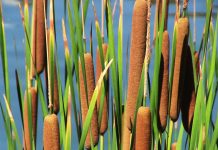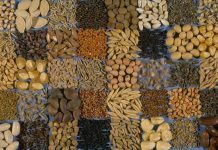We all know our market vegetables and fruits are trusted edible species, but what about wild plants? Here are a few common (North American) goodies that are safe to eat if you find yourself stuck in the wild. First of all, please note that you need to know with absolute certainty the identity of what you are finding and collecting as survival food. If you are not sure – leave it alone.
1. Blackberries
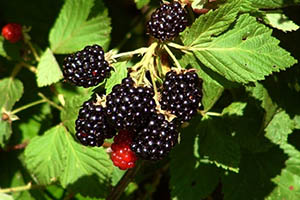

They are best to find in the spring, when their white flowers bloom; they are clustered all around the bush and their flowers have 5 points. The berries ripen around August to September. Avoid berries grown in what could be post-industrial / polluted soil, as well as those close to roads. They have essentially been fumigated with engine fumes all year round.
2. Dandelions
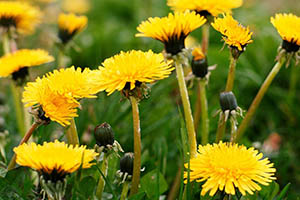

They are packed with Vitamin A and Vitamin C, and beta-carotene.
Related: How to Bake Dandelion Bread [Recipe Inside]
3. Asparagus
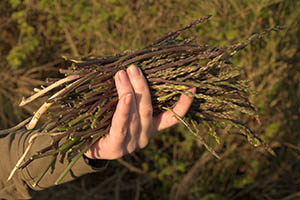

Wild asparagus has a much thinner stalk than the grocery-store variety. It’s a great source of source of vitamin C, thiamine, potassium and vitamin B6. Eat it raw or boil it, like you would your store bought asparagus.
4. Elderberries
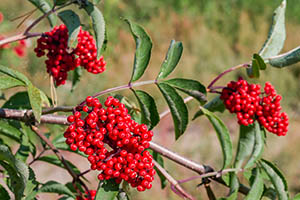

These are easiest to identify in the spring, as they blossom white clustered flowers that resemble an umbrella. Mark the spot and harvest the berries when they’re ripe around September.
Elderberries are known for their colds and flu healing properties. They very sweet and delicious, so you can also make jelly from them.
Related: Remedies – Immune Elderberry Astragalus Gummies
5. Gooseberries
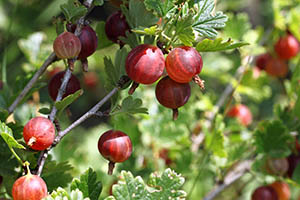

The flowers are very odd looking in the spring; they are bright red and hang down. the berries ripen around late May- early June.
6. Mulberries
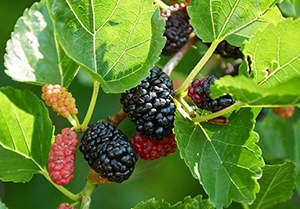

You can eat mulberries both raw and cooked. They are most often used to make pies, pastries, and jellies. They also make a very nice sweet fruit wine.
The leaves, fruit, and bark all have medicinal value. Use the fruit and leaves during the summer months when they are readily available and switch to bark tea during the winter when the trees are bare.
7. Pine
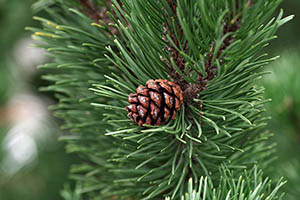

Simmer a bowl of water and add some pine needles to make tea. Native Americans used to ground up pine to cure scurvy, due to it being rich in vitamin C.
Related: 9 Ornamental Plants You Can Eat
8. Kudzu
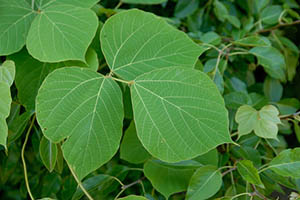

Warning: pregnant and breastfeeding women should consult a physician before use.
9. Daylily
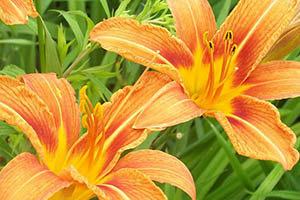

Daylily is completely safe to eat. It has bright orange flowers that come straight out of the ground; their main stock/stem has no leaves, and this is your confirmation that it’s a daylily. You can eat them whole or cook them or put them in salads.
10. Pecans
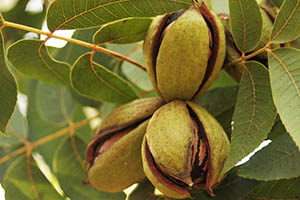

The trees usually mature around 20-30 ft, but some can grow up to 100 ft tall.
The leaves are bright green and long, and have smooth edges. The pecans themselves grow inside green pods, and when ripe the pods open and the seeds fall to the ground.
Related: 21 Wild Edibles You Can Find in Urban Areas
11. Hazelnuts
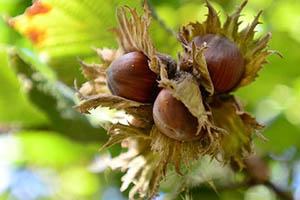

The leaves of the Hazelnut tree are bright green and have pointed edges. The hazelnuts themselves grow in long strands of pods, and they usually ripen by September and October.
12. Walnuts
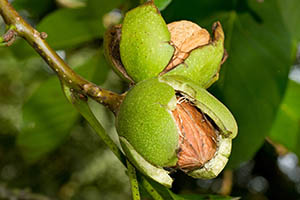

The leaf structure is very similar to the pecan: the leaves are spear like and grow on a long stem, with 6-8 leaves on both sides.
The leaves’ edges are smooth and green, and the walnuts tend to grow in clusters and ripen in the fall.
13. Acorns
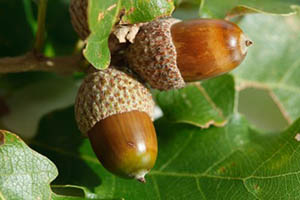

Acorns tend to be a bit bitter.
People should only eat a small amount of acorns, and make sure they cook them properly beforehand.
Related: How to Use Acorns as Survival Food
14. Hickory Nuts
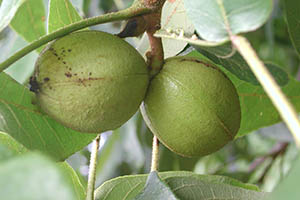

Their green leaves are spear like and have pointed edges. They can grow very large.
The hickory nuts are round and tend to ripen in September or October.
15. Cattail
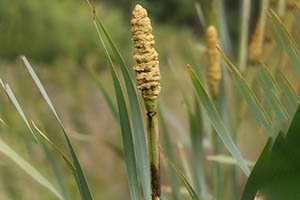

Cattails were a staple in the diet of many Native American tribes. Most of a cattail is edible. You can boil or eat raw the root stock or rhizomes, of the plant. The root stock is usually found underground. Make sure to wash off all the mud.
The best part of the stem is near the bottom, where the plant is mainly white. Either boil or eat the stem raw. Boil the leaves like you would spinach.
Related: Delicious Recipes Using Cattails – “The Supermarket of the Swamp”
16. Garlic Mustard
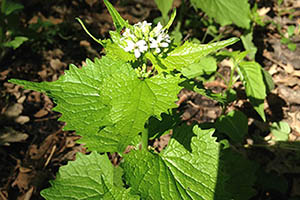

Leaves can be eaten in any season, but when the weather gets hot, the leaves will have a taste bitter.
Flowers can be chopped and tossed into salads. The roots can be collected in early spring and again in late fall, when no flower stalks are present. Garlic mustard roots taste very spicy somewhat like horseradish. In the fall the seed can be collected and eaten.
17. Chickweed
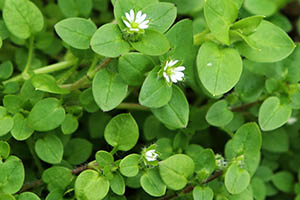

You can eat the leaves either raw or boiled, as they’re high in vitamins and minerals!
Warning: pregnant and breastfeeding women should consult a physician first before use.
Related: How to Consume Oak – Nature’s Powerhouse
18. Herb Robert
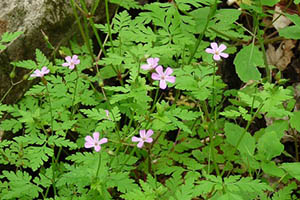

Rubbing fresh leaves on the skin is known to repel mosquitoes, and the entire plant repels rabbits and deer, which would complement and protect your garden.
19. Beach Lovage
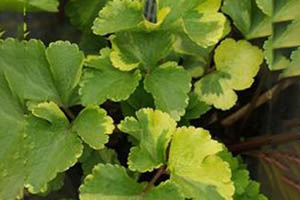

Beach lovage can have a strong flavor and is best used as a seasoning, like parsley, rather than eaten on its own.
This plant tastes best before its flowers appear, and is also called Scotch lovage, sea lovage, wild celery, and petrushki.
20. Plantain
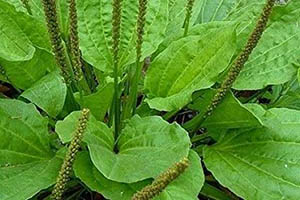

Pick the green, rippled leaves and leave the tall flower stems. Blanch the leaves and sauté them with some butter and garlic, just as you would with kale or any other tough green.
Related: The Power of Plantain Herb
21. Garlic Grass
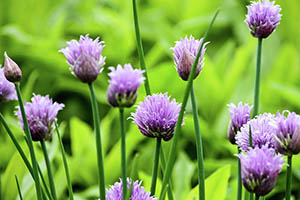

It resembles cultivated garlic or spring onions, but the shoots are often very thin. Use it in sandwiches, salads, pesto or chopped on main courses like scallions.
22. Watercress
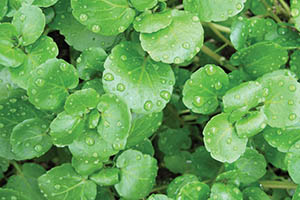

Watercress is an aquatic plant in the Brassicaceae (Mustard) Family. It is related to mustard and horseradish.
The peppery leaves and seeds are edible and are used mainly as a condiment or a garnish in salads. Leaves are also used for arthritis, as a diuretic, a purgative, an expectorant, and have stimulant properties.
23. Lamb’s Quarter
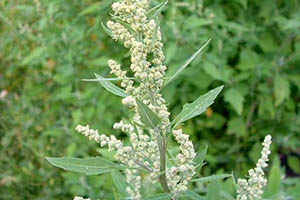

Lamb’s Quarters are susceptible to leaf miners; be careful to harvest plants that are not infested. Although Lamb’s Quarters are best before the flowers appear, if the fresh young tips are continuously harvested, Lamb’s quarters can be eaten all summer.
24. Goose Tongue
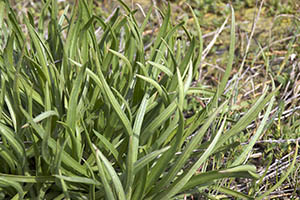

Goosetongue is best in spring and early summer, before the flowers appear. It can be confused with poisonous Arrowgrass, so careful identification is essential.
25. Pigweed
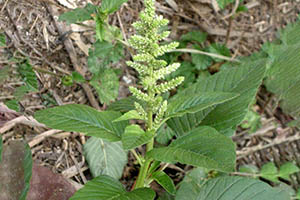

Roasting the seeds can enhance the flavor, also you can sprout the raw seeds using them in salads, and in sandwiches, etc. Young leaves can be eaten raw or cooked like spinach, sautéed, etc. Fresh or dried pigweed leaves can be used to make tea.
26. Monkey Flower
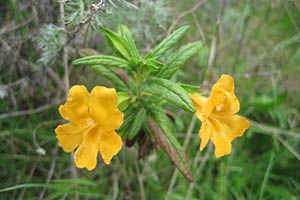

Use the leaves raw in salads, or cooked in soups, mixed cooked greens, or any dish that calls for cooking greens.
Related: This Common Driveway Weed is One of Nature’s Most Powerful Survival Plants
27. “Self-Heal” Prunella vulgaris
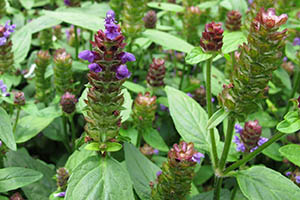

The plant contains vitamins A, C, and K, as well as flavonoids and rutin. Medicinally, the whole plant is poulticed onto wounds to promote healing. A mouthwash made from an infusion of the whole plant can be used to treat sore throats, thrush and gum infections. Internally, a tea can be used to treat diarrhea and internal bleeding.
28. Mallow
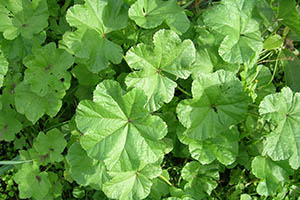

Mallows are high in mucilage, a sticky substance that gives them a slightly slimy texture, similar to okra, great in soups. Mallow has a nice pleasant nutty flavor. One of the most popular uses of mallows is as a salad green.
29. Miner’s Lettuce
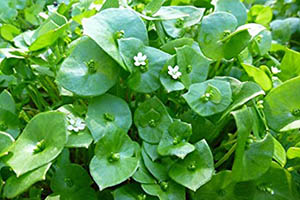

Stalks and flowers can be eaten raw, making a nice addition to the salad bowl. The bulb can also be eaten raw. Although very small and labor-intensive to harvest, the boiled and peeled root has the flavor of chestnuts.
30. Sweet Rocket (Hesperis matronalis)
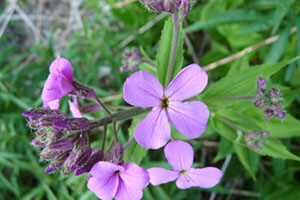

The plant and flowers are edible but fairly bitter. The flowers are attractive added to green salads. The young leaves can also be added to your salad greens (for culinary purposes, the leaves should be picked before the plant flowers). The seed can also be sprouted and added to salads.
NOTE: It is not the same variety as the herb commonly called Rocket, which is used as a green in salads.
31. Wild Bee Balm
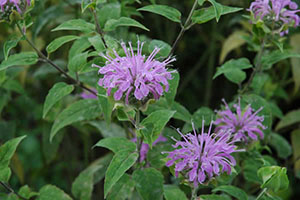

Wild bee balm tastes like oregano and mint. The taste of bee balm is reminiscent of citrus, with soft mingling of lemon and orange. Any place you use oregano, you can use bee balm blossoms. The leaves and flower petals can also be used in both fruit and regular salads.
Related: Medicinal Herbs and How to Use Them
32. Marshmallow
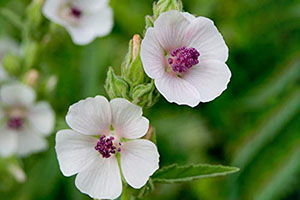

The leaves, flowers, root, and seeds are all edible. The roots contain a mucilage, which is sweet in flavor.
33. Pineapple Weed
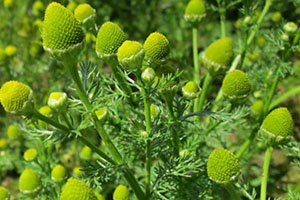

As with chamomile, pineapple weed is very good as a tea. Native Americans used a leaf infusion (medicine prepared by steeping flower or leaves in a liquid without boiling) for stomach gas pains and as a laxative.
34. Milk Thistle
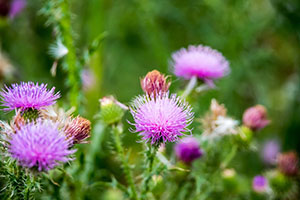

Leaves can be de-spined for use as salad greens or sautéed like collard greens; water-soaked stems can be prepared like asparagus; roots boiled or baked; flower pods used like artichoke heads.
35. Prickly Pear Cactus
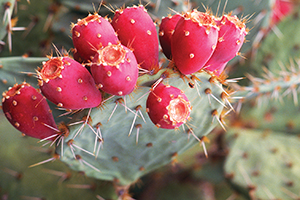

The fruit of the prickly pear cactus looks like a red or purplish pear. Hence the name. Before eating the plant, carefully remove the small spines on the outer skin or else it will feel like you’re swallowing a porcupine. You can also eat the young stem of the prickly pear cactus. It’s best to boil the stems before eating.
36. Mullein (Verbascum thapsus)
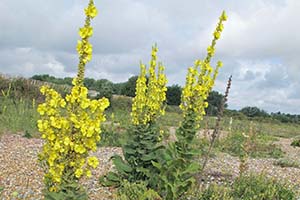

This plant is best known for a good cup of tea and can be consumed as a regular beverage. Containing vitamins B2, B5, B12, and D, choline, hesperidin, para amino benzoic acid, magnesium, and sulfur, mullein tea is primarily valued as an effective treatment for coughs and lung disorders.
Related: The Only Plant That Should Be in Your First Aid Kit
37. Wild Grape Vine
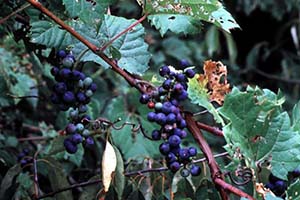

The leaves are also edible. A nutritional Mediterranean dish called “dolmades”, made from grape leaves are stuffed with rice, meat, and spices. The leaves can be blanched and frozen for use throughout the winter months.
38. Yellow Rocket
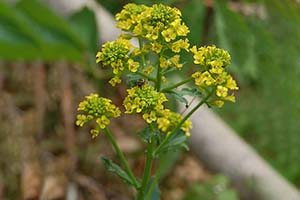

It makes a wonderful salad green when young, and the greens are also an excellent vegetable if treated kindly. Lightly steam or gently sweat in butter until just wilted. The unopened inflorescences can also be picked and steamed like broccoli.
39. Purslane
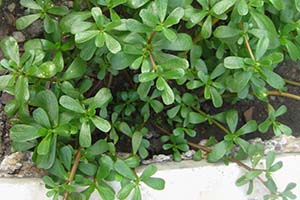

It’s a small plant with smooth fat leaves that have a refreshingly sour taste. Purslane grows from the beginning of summer to the start of fall. You can eat purslane raw or boiled. If you’d like to remove the sour taste, boil the leaves before eating.
40. Wild Black Cherry
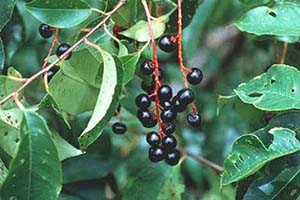

If you see cherries on the ground leave them alone; when cherries wilt they contain a lot of cyanide. It’s only best eaten when cooked, it negates or destroys the cyanide.
41. Sheep Sorrel
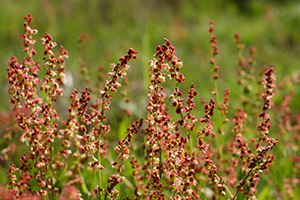

It contains oxalates and shouldn’t be eaten in large quantities. You can eat the leaves raw. They have a nice tart, almost lemony flavor.
42. Wild Mustard
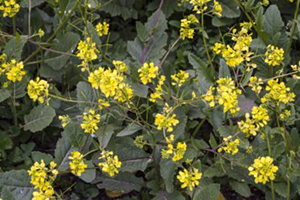

It blooms between February and March. You can eat all parts of the plant: seeds, flowers, and leaves. I like to eat the young leaves in salads, and I sometimes cook the older leaves as a vegetable or potherb. The seeds make a spicy condiment or flavoring when finely ground.
Related: 16 Free Alternative Pain Meds
43. Wood Sorrel
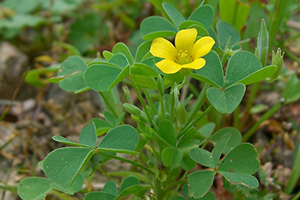

Humans have used wood sorrel for food and medicine for millennia. The Kiowa Indians chewed on wood sorrel to alleviate thirst, and the Cherokee ate the plant to cure mouth sores. The leaves are a great source of vitamin C., and the roots can be boiled. They’re starchy and taste a bit like a potato.
44. Fiddleheads
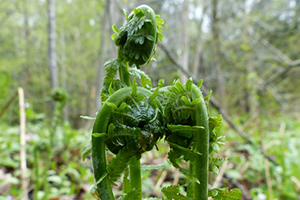

They are edible only in their early growth phase first thing in the spring.
45. Wild Blueberries
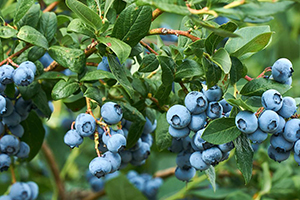

They do grow wild in many places, and the blueberries are delicious when ripe. The flowers are said to be edible as well.
46. Jerusalem Artichoke
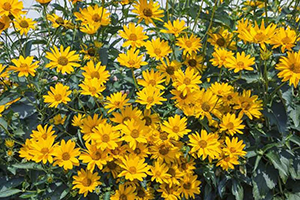

Jerusalem Artichokes have small tubers on the roots that are delicious. They can be eaten raw, made into flour, pickled, or cooked. For some people, Jerusalem artichokes cause flatulence and gastric pain, so watch for gastric problems when Jerusalem artichokes are first introduced to the diet.
47. Mayapple
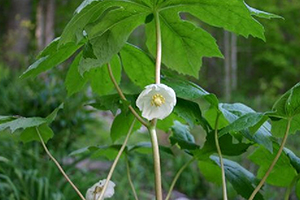

WARNING: Do not eat the fruit until it is ripe. Ripe fruits are yellow and soft. Unripe fruits are greenish and not soft. They are slightly poisonous when unripe: green fruits are strongly cathartic.
Related: Medicinal Herbs and How to Use Them
48. Trout Lily
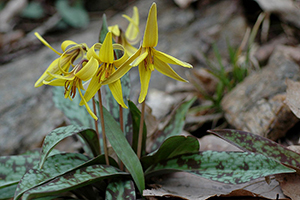

They have small pointy leaves, are found in the forests, and are edible raw.
49. Wild Leeks
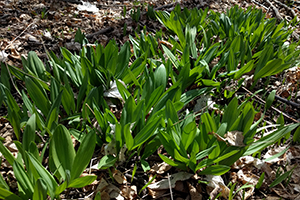

The leaves and bulbs are edible. Please only collect when abundant, and then only collect scattered patches or individual plants. Ill effects may be experienced by some people if large amounts are eaten. If they don’t smell like onions, they aren’t Wild Leeks.
50. Black Locust Flowers
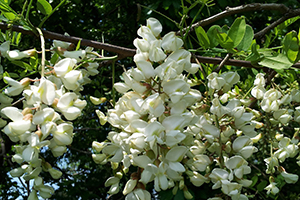

The roots alter the nitrogen content of the soil. Most parts of the tree are toxic, causing digestive system problems. It is only the flowers that we can gather and consume.
51. Violets
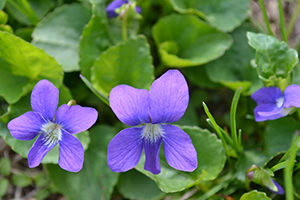

I use both the leaves and flowers in salads. Keep in mind that late-season plants without flowers may be confused with inedible greens. Play it safe. Forage this plant only when it is in bloom.
Related: Remedies To Fight the Cold
52. Wild Onions
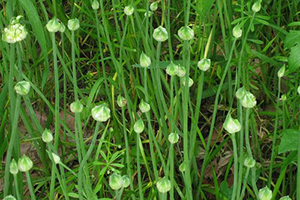

The whole plant may be chopped into salads, soups, chili, and stews. Likewise for wild garlic, if you are lucky enough to find this elusive plant. There is some evidence that eating wild onions, wild garlic or wild chives may reduce blood pressure and lower blood sugar.







